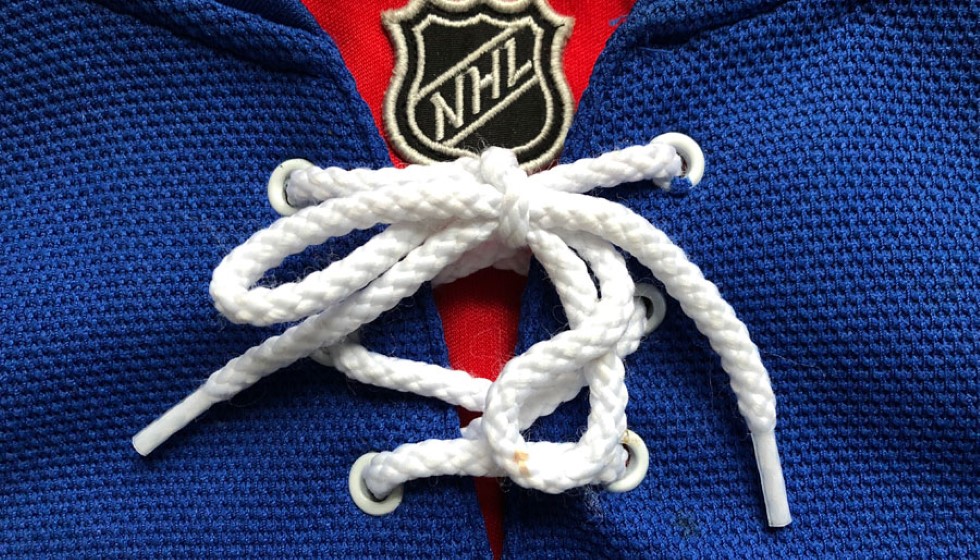
In a recent game between the Leafs and the New York Rangers, the spotlight wasn't solely on the scoreline but also on the giants of the ice - notably Ryan Reaves and rookie Matt Rempe. The latter, standing at an impressive 6 feet 7 inches and weighing 240 lbs, has managed to stir a conversation not just about his physical presence but his role on the ice.
The Role of the Enforcer
Rempe, who has scored and assisted once in his initial seven games, seems to align with the classic archetype of the 'enforcer' in hockey. Despite minimal game play time, his penalty minutes-soaring to 37, 5 minutes more than his on-ice contributions-highlight his penchant for engaging in the sport's more physical aspects. This includes several fights, an aspect that has historically been both celebrated and scrutinized within the NHL.
The term 'enforcer' might conjure images of players who prioritize physicality over skill, often getting into altercations to protect their teammates or to settle scores. This aspect of hockey came under severe scrutiny following the deaths of players like Derek Boogaard, Wade Belak, and Rick Rypien in 2011, which prompted debates about the sport's inherent violence and its long-term impacts on players. There's growing evidence linking Chronic Traumatic Encephalopathy (CTE) with repeated concussions and fights on the ice, a connection that NHL Commissioner Gary Bettman has openly disputed.
However, the game is evolving. With the advent of analytics in sports, there's a noticeable shift towards a faster, more engaging style of play. This evolution means that the traditional role of enforcers, known more for their fists than their finesse, is becoming harder to justify. The data-driven approach of modern hockey emphasizes efficiency and skill, often sidelining players whose contributions can't be captured by conventional metrics.
The Decline of Fighting
Reflecting on these changes, the once-frequent brawls of hockey have significantly diminished. The game today moves at a breathtaking pace, engaging audiences with its blend of skill and strategy, moving away from the gratuitous violence that once defined it. This shift not only makes hockey more accessible but also works towards creating an inclusive environment that celebrates athleticism over aggression.
Yet, fighting isn't wholly eradicated from the game. It's seen by some as an unwritten 'code', a self-regulatory measure within the sport. Discussions around this aspect were ignited following Rempe's hit, which was viewed by some analysts, like Paul Bissonnette of TNT's NHL panel, as a throwback to the 'old-school' era of hockey. Bissonnette praised Rempe for "answering for his actions," a stance that encapsulates the ongoing debate about the place of fighting and physicality in hockey.
A Cultural Battleground
Beyond the rink, the NHL finds itself entwined in broader cultural debates. An instance of this was during the All-Star break in Florida, where a LinkedIn post about a career fair hosted by the NHL became a point of contention. Florida Governor Ron DeSantis's administration criticized the post, leading to a statement from his spokesperson emphasizing their stance against discrimination "even if puppeted under the guise of a socially favorable perspective or against a socially unfavorable demographic group." This incident highlights how sports leagues, including the NHL, can become arenas for larger societal discussions.
Looking Forward
As players like Rempe take to the ice, embodying roles steeped in tradition yet challenged by modern sensibilities, the discussion around enforcers and their place in hockey continues. While some argue that enforcers play a crucial role in 'policing' the game and ensuring player safety, others contend that their presence exacerbates tensions, potentially sidelining the more skillful aspects of the sport.
The question remains: Can the role of the enforcer evolve in tandem with the sport, or is it a relic of a bygone era? As hockey moves forward, balancing tradition with innovation, the answers to these questions will shape not just the future of the sport but also its legacy. What's clear, however, is that the game is changing, striving for a blend of speed, skill, and inclusivity, even as it wrestles with its more contentious elements. How it navigates these challenges will determine the shape of hockey to come.